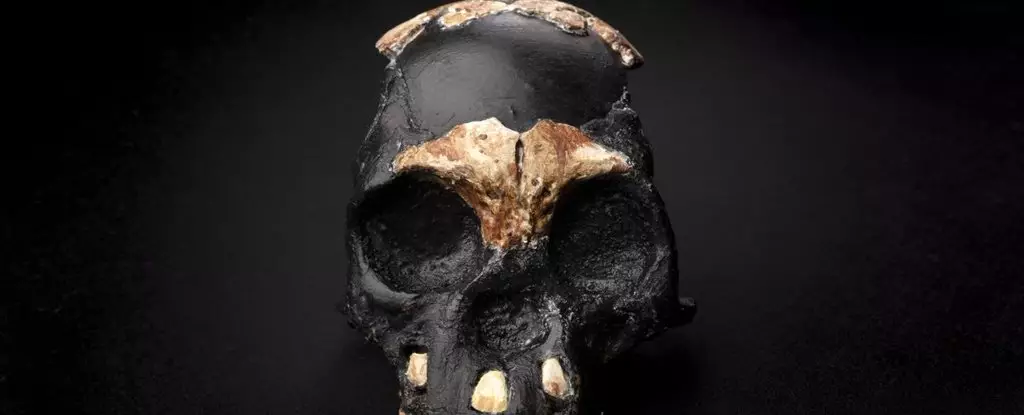The interpretation of the Rising Star Cave system in South Africa as a sacred burial ground for Homo naledi has been widely debated. While initial claims suggested deliberate burials of the hominid remains by early human ancestors, recent analysis by anthropologist Kimberly Foecke and her team casts doubt on these conclusions. The study highlights deep structural issues with data analysis and misapplication of statistical methods in supporting the narrative of intentional burials. Foecke and her colleagues argue that the available evidence does not align with the interpretations put forth by paleoanthropologist Lee Berger and his team.
Foecke’s research scrutinizes the methodology employed by Berger’s team in analyzing soil samples from the cave. The original study relied on differences in soil composition to infer intentional burial practices, but Foecke found discrepancies in the data acquisition process. The lack of clarity in the soil analysis methods, coupled with the inability to replicate the findings, raises significant doubts about the validity of the initial claims. Without robust supporting evidence, it becomes challenging to substantiate the assertion that Homo naledi engaged in burial practices.
The controversial nature of Berger’s findings, compounded by the open publication policy of the journal eLife, has sparked intense scrutiny within the scientific community. Foecke’s critical assessment challenges the presupposed narrative surrounding the burial practices of Homo naledi and urges a reevaluation of the conclusions drawn from the data. The discrepancies identified by Foecke and her team underscore the importance of rigorous research standards and thorough peer review processes in validating scientific claims.
The ongoing debate surrounding Homo naledi burial practices serves as a cautionary tale for interpreting complex archaeological evidence. While the discovery of ancient hominid remains provides valuable insights into human evolution, it is crucial to approach extraordinary claims with skepticism and meticulous scrutiny. Foecke’s call for public skepticism highlights the need for greater transparency and methodological rigor in archaeological research, particularly when dealing with contentious findings.
Overall, the reevaluation of Homo naledi burial practices exemplifies the complexities inherent in interpreting ancient human behavior. By challenging established narratives and scrutinizing methodological flaws, researchers like Foecke contribute to the advancement of scientific knowledge and promote a culture of critical thinking within the scientific community. As we continue to unravel the mysteries of our evolutionary past, it is imperative to uphold the highest standards of evidence-based inquiry and maintain a healthy skepticism towards extraordinary claims.

Leave a Reply